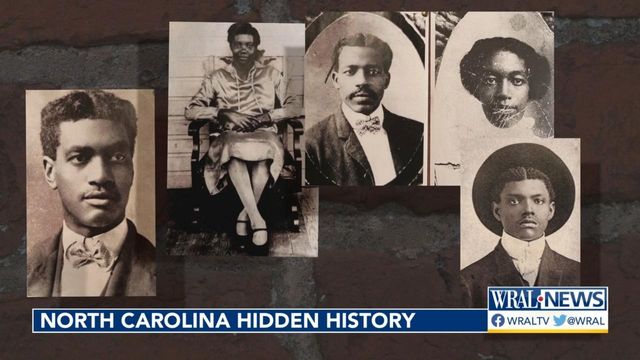Remnants of a 1700s plantation offers insights into slavery in the Triangle
What was it like to live as an enslaved family right here in the Triangle area?
Posted — UpdatedToday, you can visit remains of one of the state’s largest plantations – and learn the names and stories of hundreds of families whose names are so often erased from history.
“It was probably the single largest site of mass slavery anywhere in North Carolina. It was once part of a massive plantation complex, where over 900 people were enslaved and held captive," says Vera Cecelski, Site manager for Historic Stagville.
After a brutal history, today Historic Stagville is a site dedicated to researching and teaching the history of slavery – by centering the voices and stories of families who were enslaved there.
Some families in Raleigh and Durham today have direct roots to Stagville – or the multitude of other plantations that once enslaved hundreds, if not thousands, in the Triangle.
"You can see their faces on the wall," says Cecelski.
For many Black families whose ancestors were enslaved, it can be nearly impossible to find genealogical records of their families.
"Just the sense of responsibility of the work that they did. Saying their names and honoring them and the sacrifices that were made," says Shelley Winters, whose own genealogy revealed members of her family was connected to both the Mordecai and Lane plantations.
Stagville historians and descendants of families enslaved there – work to make sure those names and stories are remembered.
“One of the best documented people ever enslaved here at this site was a woman named Mary Walker …. She was born enslaved here in 1818," says Cecelski.
Mary spent the next decades of her life struggling to free the rest of her family, fighting especially for her children’s freedom. She eventually reunited with two of her children.
For Winters, who spends her days helping preserve Raleigh’s history, the knowledge of own family connection to slavery is deeply personal.
“It’s just very personal for me that when I drive along Peace Street beyond the Krispy Kreme and I break into the Mordecai area, it has a very personal connection – just thinking that the people connected to me were enslaved and worked and toiled. They just toiled under inhumane conditions – and yet they survived," says Winters.
Visitors can tour Historic Stagville, which still includes the Bennehan family house, a massive barn, a family cemetery – and quarters where enslaved families lived.
Podcast: Stories about tangible remnants of the Underground Railroad in NC
WRAL's Hidden Historian Heather Leah is a seventh-generation North Carolinian with a passion for preserving the state's culture and history. Listen as WRAL's Amanda Lamb and Heather Leah share more in-depth stories from Historic Halifax and the Underground Railroad our latest podcast.
• Credits
Copyright 2024 by Capitol Broadcasting Company. All rights reserved. This material may not be published, broadcast, rewritten or redistributed.





